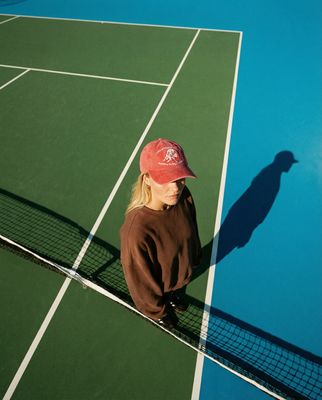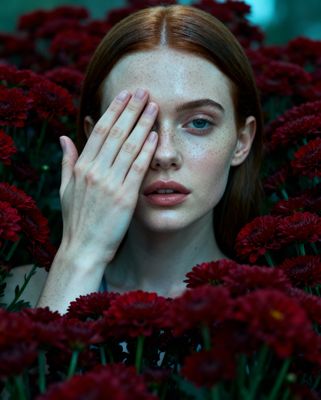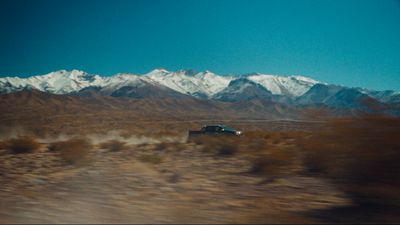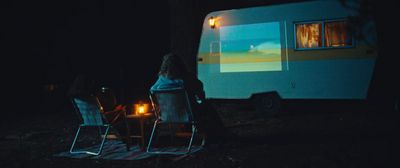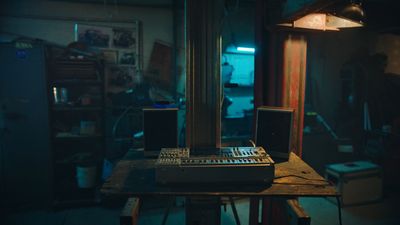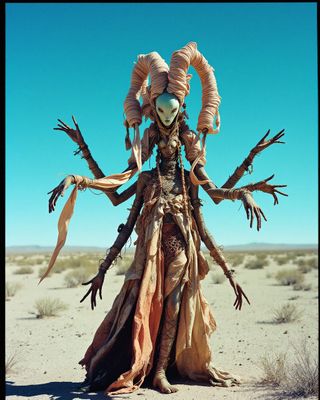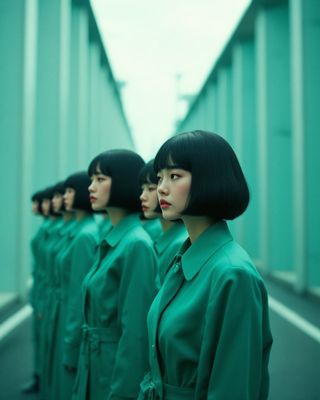Everything about the color Teal
The meaning of the color teal and color combinations to inspire your next creation.
Browse images in the color teal
What color is teal?
Teal is a medium to dark greenish-blue color, reminiscent of the deep ocean or a duck's plumage. It is a balanced blend of blue and green, often associated with calmness and sophistication.
What are similar colors to teal?
For variations within the same greenish-blue spectrum as teal, consider:
- Turquoise (#40E0D0) is lighter and more vibrant, offering a brighter take on teal's calming qualities.
- Cyan (#00FFFF) is a brighter, more intense blue-green that shares teal's refreshing vibe.
- Aquamarine (#7FFFD4) is a lighter, more pastel version, providing a softer, more delicate alternative to teal.
- Jade (#00A86B) leans more towards green, maintaining teal's earthy undertones with a slightly warmer hue.
What color goes with teal?
To complement teal's serene and balanced tones, consider pairing it with:
- Coral (#FF7F50) offers a warm, vibrant contrast that enhances teal's coolness.
- Peach (#FFE5B4) provides a soft, warm balance to teal's cool, calming presence.
- Lavender (#E6E6FA) adds a touch of elegance with its soothing, purple-tinged hue.
- Mustard (#FFDB58) introduces a bold, warm contrast that highlights teal's depth.
What color conflicts with teal?
To avoid clashing with teal's balanced tones, consider avoiding:
- Red (#FF0000) can create a jarring contrast that overwhelms teal's calming nature.
- Orange (#FFA500) may overpower teal's subtlety with its intense warmth.
- Yellow (#FFFF00) risks creating a high-contrast look that detracts from teal's soothing qualities.
- Brown (#A52A2A) might dull teal's vibrancy with its earthy tones.
What does the color teal represent?
Teal represents balance and tranquility, often associated with the calmness of the ocean and the serenity of nature. Psychologically, teal is known to promote emotional healing and stability, offering a sense of renewal and rejuvenation. In art, photography, and design, teal is used to evoke a sense of sophistication and elegance, often serving as a backdrop for more vibrant colors. In film, teal is frequently paired with orange to create visually striking contrasts that draw the viewer's attention.
What's the history of teal?
The name "teal" originates from the common teal, a bird that features a distinctive stripe of this color on its head. The color gained popularity in the 20th century, particularly in fashion and interior design, due to its versatile and calming qualities. In modern times, teal is widely used in branding and digital design for its ability to convey trust and reliability.
Color Variations
Shades
Tints
Hues
Color Palettes
Monochromatic
Complementary
Analogous
Triadic
Tetradic
Images with teal color
Color Conversions
#008080rgb(0, 128, 128)rgb(0%, 50%, 50%)100, 0, 0, 50hsl(180, 100%, 25%)180, 100, 50#00808048, -29, -812, 17, 2348, 30, 19600000000, 10000000, 10000000Color(red: 0, green: 0.5019607843137255, blue: 0.5019607843137255)UIColor(red: 0, green: 0.5019607843137255, blue: 0.5019607843137255, alpha: 1.0)Color(0xFF008080)
